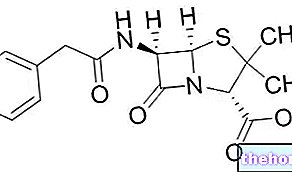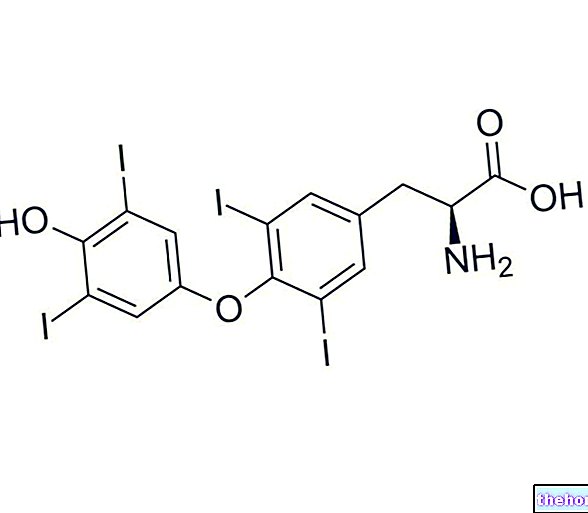Definition
Medulloblastoma is a particular and rare type of brain tumor belonging to the category of neuroectodermal tumors of the brain.
Medulloblastoma is a particularly aggressive malignant tumor, which mainly affects pediatric and male patients, but it can still develop both in adult individuals and in female patients.
Causes
Medulloblastoma originates from the progenitor cells of the cerebellum and is caused by genetic mutations that lead the aforementioned cells to replicate quickly and in an excessive and uncontrolled way.
Furthermore, being affected by Turcot's syndrome, or Gorlin's syndrome, is a risk factor for the development of the same medulloblastoma.
Symptoms
The main symptoms that medulloblastoma can cause are: increased intracranial pressure (which, in turn, can cause headache, nausea and vomiting and altered appetite), diplopia, optic disc edema, nystagmus, dizziness, difficulty of coordination, mood changes and loss of facial sensitivity.
However, the type and severity of the symptoms may vary according to the location and size of the tumor mass.
The information on Medulloblastoma - Medicines for the Treatment of Medulloblastoma is not intended to replace the direct relationship between health professional and patient. Always consult your doctor and / or specialist before taking Medulloblastoma - Drugs for the Treatment of Medulloblastoma.
Medicines
For the treatment of medulloblastoma, the first-line treatment consists of the removal, through surgery, of the tumor mass.
Of course, the possibility of removing all or only part of the medulloblastoma depends on the site in which it is located and on its possible spread to other areas of the brain and / or body.
In fact, generally, following surgery, patients are also subjected to radiotherapy, in order to eliminate any residual malignant cells and / or which have spread to other areas of the body, and in order to prevent any relapses.
Furthermore, for the treatment of metastatic medulloblastoma and to prevent relapses, the doctor may also decide to resort to the use of anticancer drugs (ie chemotherapy).
Finally, in the event that the medulloblastoma has caused edema in the area adjacent to it, the doctor may prescribe a corticosteroid-based treatment, before or after surgical removal of the tumor and radiotherapy.

The following are the classes of drugs most used in the therapy against medulloblastoma and some examples of pharmacological specialties; it is up to the doctor to choose the active ingredient and dosage most suitable for the patient, based on the severity of the disease, the state of health of the patient and his response to treatment.
Antitumor
Antitumor drugs can be used to prevent recurrence after surgical removal of the tumor mass and for the treatment of medulloblastoma that has metastasized.
Among the various active ingredients that can be used, we mention cyclophosphamide (Endoxan Baxter ®). Cyclophosphamide belongs to the class of alkylating agents and is available in pharmaceutical formulations suitable for oral and parenteral administration.
When administered intravenously, the initially used dose of cyclophosphamide is 3-6 mg / kg of body weight per day.
Subsequently, in the event that it is necessary to continue treatment with maintenance therapy, this is carried out by administering cyclophosphamide orally at a dose of 50-200 mg per day.
In any case, the doctor will determine the exact amount of medicine to be taken, the frequency of administration and the duration of treatment for each patient, according to the severity and stage of the tumor and according to the clinical conditions. of the patient himself and his response to therapy.
Corticosteroids
As mentioned, in the event that the medulloblastoma has given rise to an edema in the area adjacent to it, the doctor may decide to intervene by administering corticosteroid drugs.
Corticosteroids are powerful anti-inflammatory drugs that work by modulating the response of the immune system.
These include prednisone (Deltacortene ®). Prednisone is a drug available for oral administration in the form of tablets.
The dose of prednisone usually administered can vary from 10 mg to 15 mg per day. The exact amount of drug to be taken will be determined by the doctor on an individual basis for each patient.























-nelle-carni-di-maiale.jpg)




